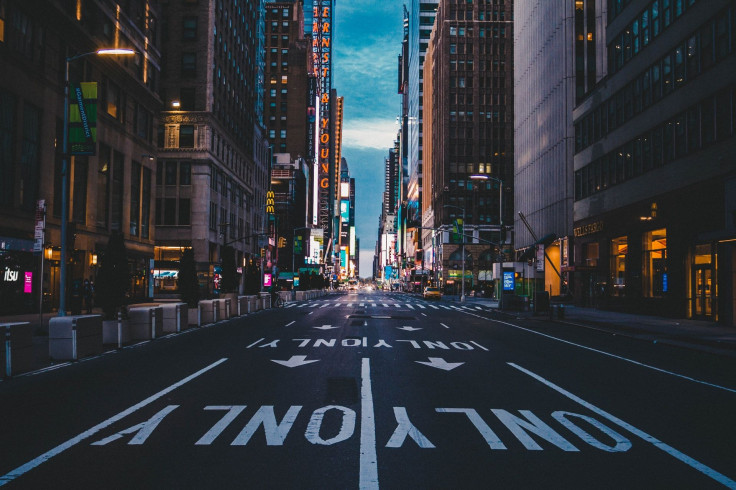Coronavirus US Update: Health Experts Predict Pandemic Misery Of At Least 2 More Years

COVID-19 is likely to keep spreading for at least the next 18 months to two years- until about 70% of the population has been infected, predicted health experts. They urge the nation to be prepared for the worst including a second big wave of the coronavirus infections in the fall as well as winter seasons.
"This thing's not going to stop until it infects 60 to 70 percent of people. The idea that this is going to be done soon defies microbiology," CNN Health quoted Mike Osterholm, the director of the Center for Infectious Disease Research and Policy (CIDRAP) at the University of Minnesota.
Since nobody has any immunity yet towards COVID-19, the length of the pandemic might take another two years until herd immunity gradually develops in the population, according to the experts.
This prediction is completely different from that of the models produced by the Imperial College London and the Institute for Health Metrics and Evaluation.
Pandemic infections usually do not tend to decrease in the summer similar to the seasonal flu. “I have said for a long time that when you are trying to understand how the infectious disease is going to unfold, you should rely on history as well as models," CNN quoted Marc Lipsitch from Harvard School of Public Health epidemiologist.
A longer incubation period might cause increased asymptomatic spread and a higher RO (the average number of people infected by every patient) and can spread more easily than the flu.
"A higher R0 means more people will need to get infected and become immune before the pandemic can end. Based on the most recent flu pandemics, this outbreak will likely last 18 to 24 months," the experts added.
The experts urge government officials to stop telling the public that the pandemic could be ending and rather start preparing them for a long haul. They predict three possible scenarios:
- The initial wave of COVID-19 in spring 2020 could be followed by a series of repetitive smaller waves of the disease through the summer over the next two years.
- The first COVID-19 wave might be followed by a larger wave in the fall or winter and one or smaller waves next year.
- A ‘slow burn’ of the current transmission. Even though it might not require the reinstitution of mitigation measures, cases and deaths will continue to occur.
"Government officials should develop concrete plans, including triggers for reinstituting mitigation measures, for dealing with disease peaks when they occur," CNN quoted the experts.
© Copyright IBTimes 2025. All rights reserved.






















